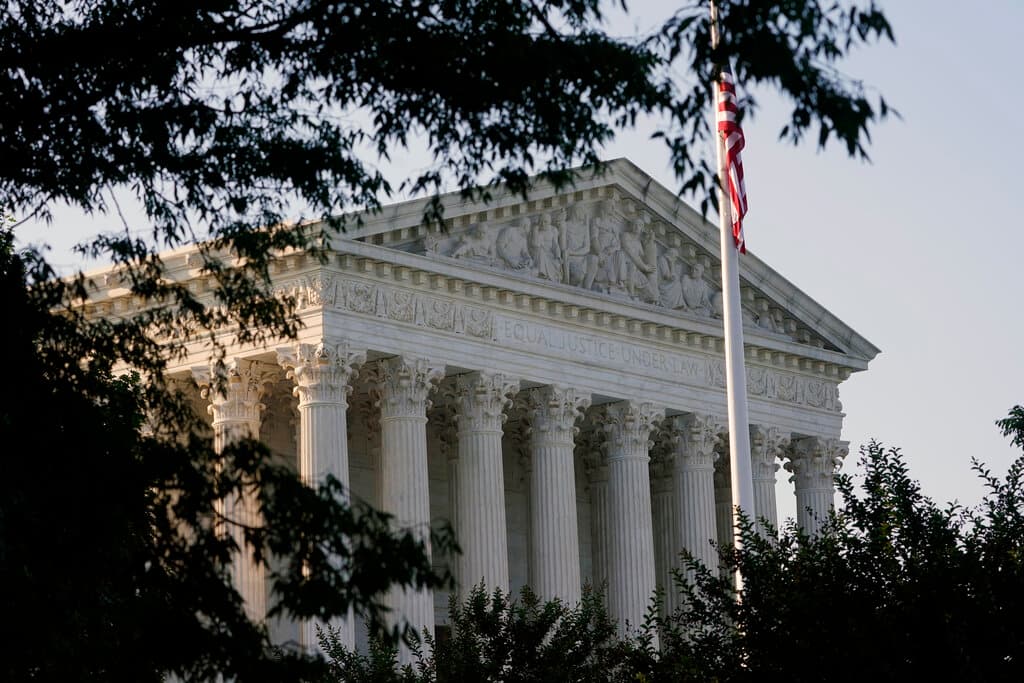A Dangerous Code for the Supreme Court
A new model ethics code is resistance by other means.

The effort to regulate the Supreme Court no longer has to contend with a blank page. The “Model Code of Conduct for U.S. Supreme Court Justices” looks to us like the rough draft for a different kind of court than Americans have come to know. It imagines hemmed-in justices and a new stare decisis more appropriate for monks than jurists in a democracy. Forget the binding of Isaac. Chief Justice Roberts, get your ropes ready.
Please check your email.
A verification code has been sent to
Didn't get a code? Click to resend.
To continue reading, please select:
Enter your email to read for FREE
Get 1 FREE article
Join the Sun for a PENNY A DAY
$0.01/day for 60 days
Cancel anytime
100% ad free experience
Unlimited article and commenting access
Full annual dues ($120) billed after 60 days

